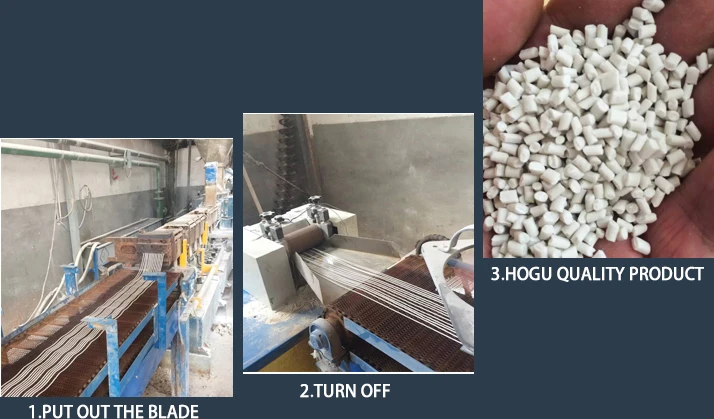



Sodium Hydroxide - Properties, Uses, and Safety Information
Understanding Sodium Hydroxide Properties, Uses, and Safety
Sodium hydroxide (NaOH), commonly known as caustic soda or lye, is a highly versatile and important chemical compound in both industrial and household applications. This white, solid substance is highly soluble in water and forms a strongly alkaline solution, which means it has a high pH value. Its unique properties contribute to its widespread use, making it a staple in various sectors, including cleaning, manufacturing, and food processing.
One of the most prominent uses of sodium hydroxide is in the production of soap and detergents. The process of saponification involves the reaction of fats or oils with sodium hydroxide, resulting in soap and glycerin. This reaction is fundamental to the cosmetics and personal care industry, where many cleansing products rely on the emulsifying properties of sodium hydroxide.
In the manufacturing sector, sodium hydroxide plays a crucial role in the production of chemicals and materials. It is involved in the production of paper, textiles, and aluminum. For example, in the paper industry, NaOH is used in the pulping process to break down cellulose fibers in wood, allowing for the creation of paper products. Its ability to neutralize acids also makes it essential in various chemical processes and reactions.
sodium hydroxide

Sodium hydroxide is not just confined to industrial uses; it is also widely utilized in household cleaning products. Many drain cleaners contain sodium hydroxide as it effectively dissolves grease, hair, and other organic materials that may clog pipes. However, users must exercise caution, as caustic soda is highly corrosive and can cause severe burns if it comes into contact with skin or eyes.
Safety precautions are critical when handling sodium hydroxide. Protective gear such as gloves, goggles, and masks should always be worn to prevent accidental exposure. In case of skin contact, it is essential to wash the affected area with plenty of water and seek medical attention if necessary. Proper storage is also vital; sodium hydroxide should be kept in a cool, dry place, away from incompatible substances such as acids and reactive metals.
In conclusion, sodium hydroxide is a powerful chemical with many beneficial applications across various industries. Its properties make it indispensable in processes ranging from soap making to industrial manufacturing. However, while it is a useful compound, the risks associated with handling it must not be overlooked. Understanding its uses and safety measures is essential for anyone working with or around sodium hydroxide, ensuring both efficacy and safety in its applications.
-
High-Purity Strontium Chloride (SrCl2) for Lab & IndustryNewsAug.31,2025
-
Anhydrous Formic Acid 80% 85% 94% - High Purity SolutionsNewsAug.30,2025
-
Accurate Fire Assay Flux for Gold & Silver Ore AnalysisNewsAug.29,2025
-
Advanced Paint Chem Solutions: Quality Chemicals for CoatingsNewsAug.28,2025
-
Potassium Nitrate: The Ultimate Fertilizer for Agriculture and GardeningNewsAug.25,2025
-
Potasium Persulphate: A Versatile Chemical for Industrial ApplicationsNewsAug.25,2025
-
Industrial Applications of Sodium HydroxideNewsAug.25,2025










